Featured pictures on the Astronomy Wikiportal, July 2005
|
1 July 2005 () |
2 July 2005 () |
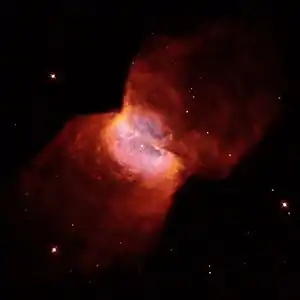 |
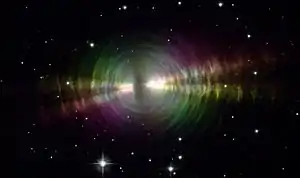 |
|
3 July 2005 () |
4 July 2005 () |
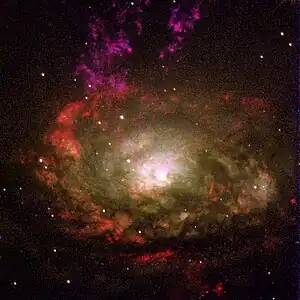 |
 |
|
5 July 2005 () |
6 July 2005 () |
|
The Eskimo Nebula is a planetary nebula, named for its supposed resemblance to a face looking out from inside a parka. It lies about 5,000 light years away in the constellation of Gemini. The outer parts of the nebula contain comet-like filaments, up to a light year in length. |
The Cat's Eye Nebula is a planetary nebula, formed when a star like the sun ejected its outer layers at the end of its life. Long exposure images reveal several distinct episodes of mass loss from the star, with the inner bright nebula surrounded by smooth concentric rings, in turn surrounded by a giant shell of clumpy gas. |
|
7 July 2005 () |
8 July 2005 () |
 |
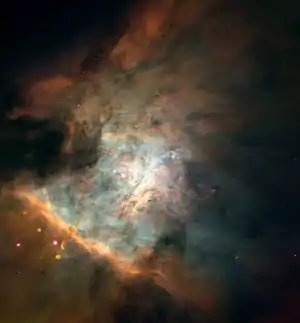 |
|
9 July 2005 () |
10 July 2005 () |
| This image shows the expansion over a period of three years of the planetary nebula NGC 6543, the Cat's Eye Nebula. All planetary nebulae are expanding, and will eventually disperse into the interstellar medium, enriching it with heavy elements such as carbon and oxygen. Only with the very high optical resolution available with the Hubble Space Telescope can the expansions of these distant objects be accurately measured. | The Cone Nebula is an H II region in the constellation of Monoceros. It was discovered by William Herschel in 1785, and is located about 800 parsecs or 2,600 light-years away from Earth.The Cone Nebula is part of the nebulosity surrounding the Christmas Tree Cluster, and ultraviolet light from the hot blue stars in the cluster ionises the nebula. |
|
11 July 2005 () |
12 July 2005 () |
| Planetary nebulae are formed when small to medium mass stars gently eject their outer layers once they have exhausted all the hydrogen and helium which has been burning in nuclear fusion reactions during the star's lifetime. Our Sun will become a planetary nebula in about 5 billion years' time. The Hubble Space Telescope has revealed more intricate detail and structure in planetary nebulae than astronomers had previously thought possible. |
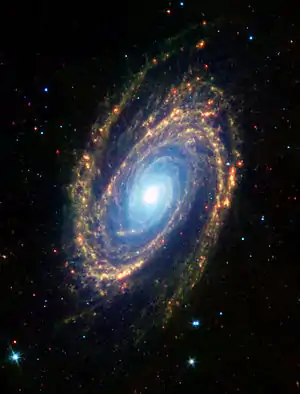 |
|
13 July 2005 () |
14 July 2005 () |
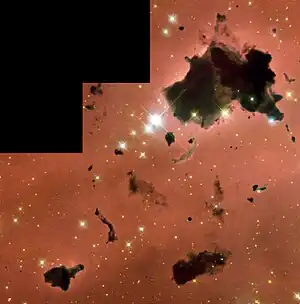 |
NGC 6496 is a spiral galaxy which lies just outside the Local Group. Over the last century, eight supernovae have been observed in the galaxy, which is more than have been seen in any other. |
|
15 July 2005 () |
16 July 2005 () |
|
The Hubble Space Telescope has provided many spectacular images of planetary nebulae, revealing hitherto unexpected structure and detail in these remnants of medium and low mass stars. The Saturn Nebula was nicknamed by Lord Rosse in the 1840s due to a supposed resemblance in his telescope to the planet Saturn. |
 |
|
17 July 2005 () |
18 July 2005 () |
 |
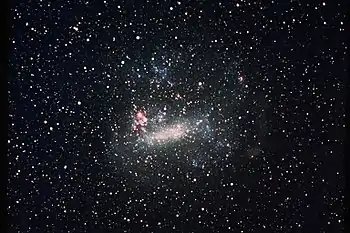 |
|
19 July 2005 () |
20 July 2005 () |
 |
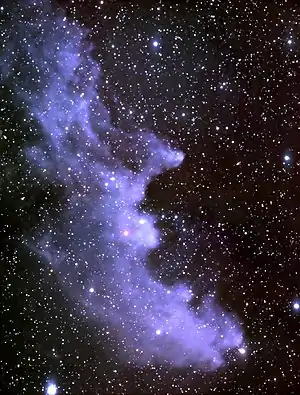 |
|
21 July 2005 () |
22 July 2005 () |
|
The spiral galaxy NGC 3184 has a small nucleus and large sprawling spiral arms. In 1999, astronomers witnessed a supernova explosion in the galaxy, which reached an apparent magnitude of 14.5. |
 |
|
23 July 2005 () |
24 July 2005 () |
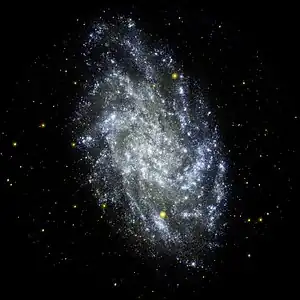 |
 |
|
25 July 2005 () |
26 July 2005 () |
 |
 |
|
27 July 2005 () |
28 July 2005 () |
 |
 |
|
29 July 2005 () |
30 July 2005 () |
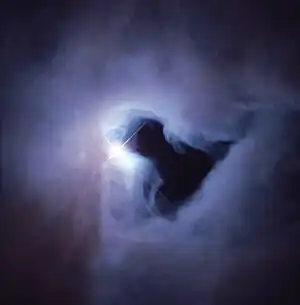 The bright nebula NGC 1999, which shines from the light of a nearby variable star, is shown here, courtesy of NASA. |
Picture of the Whirlpool Galaxy, or M51, as it was discovered by Charles Messier. It is a spiral galaxy in the Canes Venatici constellation, and is visible by binoculars at 37 million light years distance. |
|
31 July 2005 () |
|
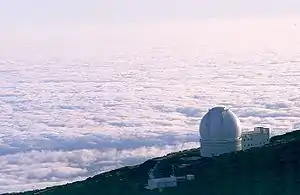 The William Herschel Telescope is part of the Isaac Newton Group of Telescopes at the Observatorio del Roque de los Muchachos on the island of La Palma, Spain. The WHT has a primary mirror 4.2m in diameter, and is a vital resource for European astronomers. FILE:NGC 1999.JPG MATTHEW SMITH 905 SPEER LANE AUSTIN TX 78745 916 8373 MR MATTSMITH |
|